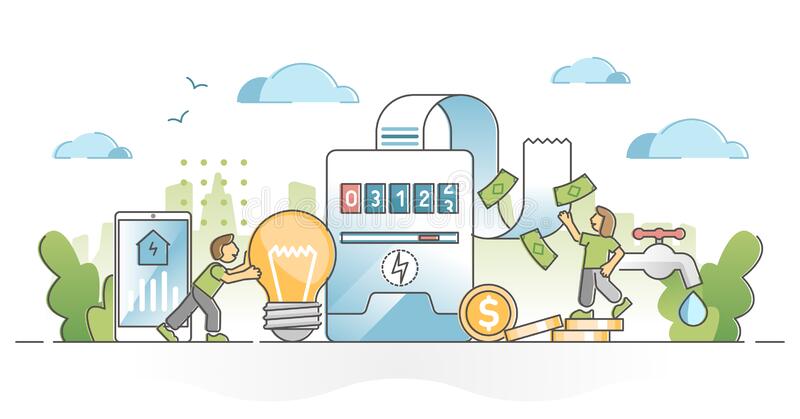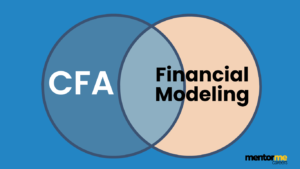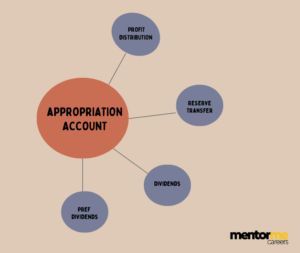Last updated on January 11th, 2023 at 05:04 pm
Utility expenses, as the word suggests, are expenses related to basic amenities associated with running an establishment or a home. For e.g., electricity, fuel, phone or water. Now you may think that’s correct, but how do we categorize them in accounting and, more important, which expenses are not utilities?
What is utility Expense?
Utility expense is the cost incurred by using utilities such as electricity, water, waste disposal, heating, and sewage. The expenses are incurred throughout a specific period, calculated, and accrued for, or payment is rendered. It has an accrual basis of accounting. Depending on how the utilities are used, a company accountant may allocate costs associated with utility use to various departments. The total amount recorded as utility expense is equal to the actual usage of the utilities during the same period. It does not matter whether the utility supplier has sent an invoice to the company. If an amount is to be charged that is applied to the previous month; it is set to the current month. It follows either an accrual-based system or a cash-based as the consumer is first utilising the services and paying for them at the end of each cycle (month).
What is not Utility Expense?
Let me give you an example here. Consider that a company has the following expense
| Particulars | Amount($) |
| Water Supply Charges | $500 |
| House Heating (CNG) | $1200 |
| Electricity | $3000 |
| Salaries | $20000 |
| Lease | $1500 |
So, which of the above expenses is not a utility expense and why?
- Salaries- is not a commodity that can be used and is not typical for all
- Lease- Lease is not a commodity either, nor can we say lease is an interchangeable commodity with its per unit value the same.
So, The critical feature of a utility expense is
- Firstly, It’s usually similar to a per-unit value
- Secondly, More or less a commodity or a service used for the functioning of the business.
Hence utility expenses per unit cannot be different from one company to another.
Classifications of Utility Expenses
Utilities are allocated to different departments depending on how they are used. For example, the total amount of utilities used in order to help a company sell goods and/or services may be listed as a selling expense. Utilities used for administrative duties can be listed as administrative expenses. Utilities that are used to help with manufacturing operations are put into the factory overhead account. This means that all the expense is pooled and then divided according to the units produced during the billing period.
- Water Charges
- Mobile Expenses
- Public Transport
- Gas Expenses
- Electricity Expenses

Cash basis of Accounting
Now, the most common accounting method for utility expenses is the accrual method. However, there is another means of accounting – the cash basis method. With cash basis accounting, the total amount recorded for the use of utilities for each period is based on the amount of cash paid for said utilities during the period covered. It means that cash basis accounting may mean the expense is recorded in a later period. Hence, the accrual basis of accounting recognizes utility expenses as incurred compared to the cash basis accounting method when the bill is paid. However, both methods should eventually reflect the same final numbers.
In Investments
Now, the utility sector is a huge investment segment with a total market capitalisation of $1.58 Trillion. The two most unique features of a utility company are;
- Firstly, Heavy infrastructure investments
- Secondly,Highly regulated
- Finally, Very High Use of Leverage
Which makes the company very sensitive to changes in interest rates. Utility stocks are generally a defensive sector, performing well during the recession.




